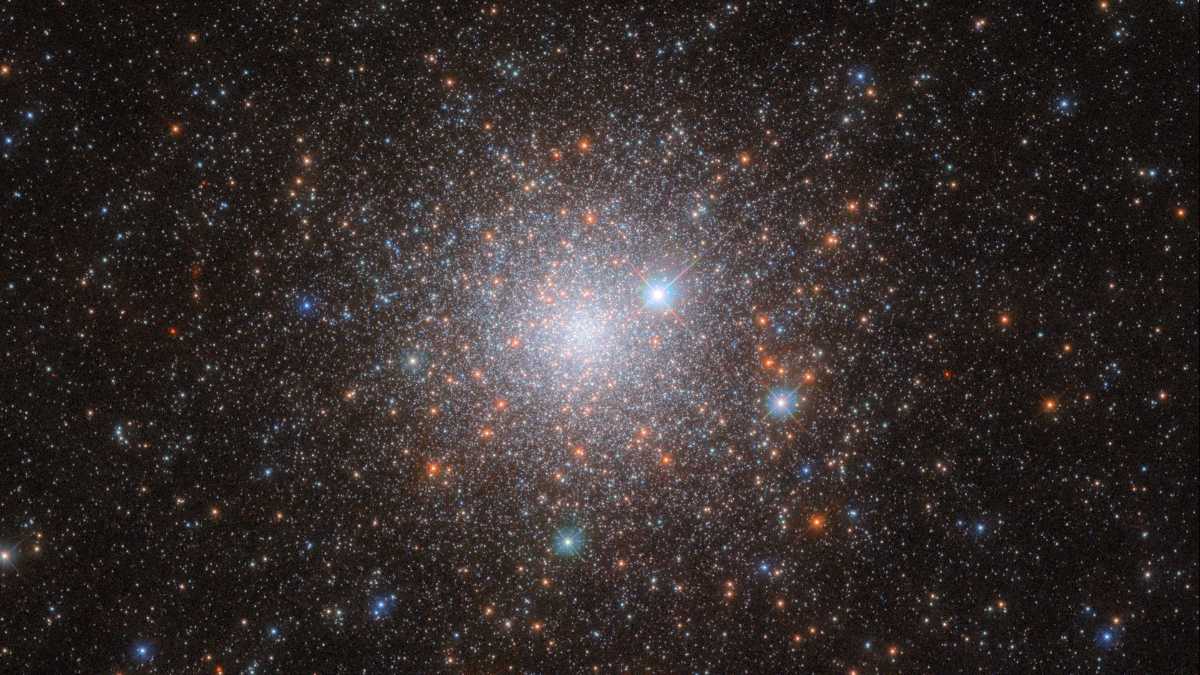The veteran Hubble Space Telescope has unveiled a breathtaking new image of NGC 1786, a sparkling globular cluster nestled in the Large Magellanic Cloud (LMC), a small satellite galaxy of the Milky Way. Located about 1,60,000 light-years from Earth in the constellation Dorado, this dense collection of stars offers a window into the early history of galaxies. Discovered in 1835 by astronomer Sir John Herschel, NGC 1786 is a cosmic treasure that continues to captivate scientists.
Digging up a galactic time capsule 🕰️
This #HubbleFriday view shows the globular cluster NGC 1786.
Because of their stability and long lives, star clusters like these act as cosmic fossils, preserving stars from the early stages of a galaxy’s formation: https://t.co/56JNrBN7xn pic.twitter.com/e1HVTlv4dn
— Hubble (@NASAHubble) July 18, 2025
Globular clusters like NGC 1786 are tightly packed groups of stars, often containing hundreds of thousands of stars bound together by gravity. These clusters are incredibly old and stable, acting like time capsules that preserve stars from a galaxy’s earliest days.
ALSO SEE: Astronomers Discover Largest Structure In The Universe, It’s 13,000 Times The Milky Way’s Length
According to NASA, the Milky Way alone hosts over 150 such clusters, and Hubble’s sharp images have revealed their details like never before. The new image of NGC 1786, with its dazzling array of stars, is part of a research program studying these ancient star clusters in nearby dwarf galaxies, including the LMC, the Small Magellanic Cloud, and the Fornax dwarf spheroidal galaxy.
For a long time, astronomers believed that all stars in a globular cluster formed at roughly the same time. However, studies of Milky Way clusters revealed a surprise – many contain multiple groups of stars with different ages.
This discovery has prompted scientists to dig deeper into how these clusters form and why their stars vary in age. The observing program behind the NGC 1786 image is exploring whether globular clusters in dwarf galaxies like the LMC also have these diverse stellar populations. By studying these distant clusters, researchers hope to uncover clues about how the LMC formed and even gain insights into the Milky Way’s own history.
ALSO SEE: A Galaxy From 11 Billion Years Ago Just Reappeared In A Shocking Way
(Image: NASA)
